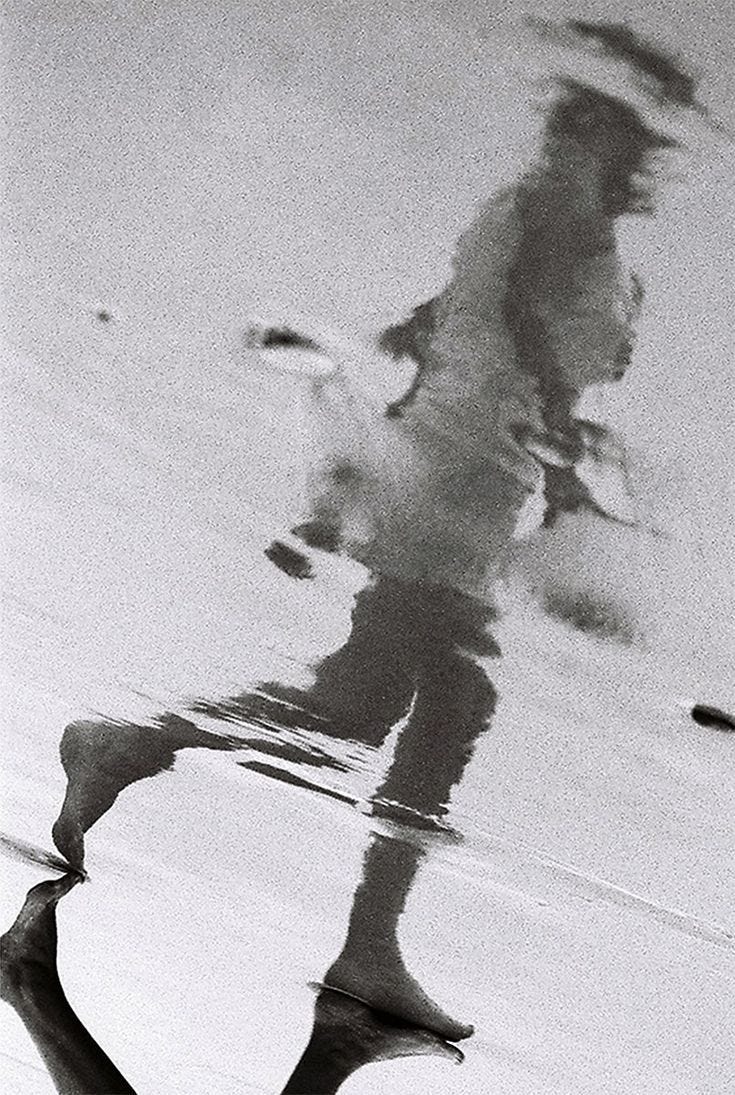A round face of a light blackish brown colour, a big red bindi that elevated the beauty of her large forehead, furrows between the lips and cheeks, light pimples scattered over flushed cheeks, and long wavy black hair that decorated the tan of her body. No earrings, no necklace. Looking at her reflection from some distance away from the pond, she said to herself, “Looks like Chirutha!” She tried to recall what her mother had said when she was eight. “Chirutha, she was very beautiful, intelligent and brave!” This was the word-of-mouth that had been handed down for generations. She was about to leave the pool when she heard someone’s footsteps. Before leaving, she peeked into the pool and admired her skin for one last time. Then she walked. No, she ran!
An Explanation of ‘Chirutha’
The micro-fiction, Chirutha, is influenced by many artworks. Primarily, the title ‘Chirutha’ is inspired from a character in the story ‘Plavilakkanji’, written by Thakazhi Sivasankara Pillai and a musical video named ‘Chirutha’ by Sudeep Palanad. With a rough reading, we can clearly figure out that this story is talking about self-admiration or self-love. The girl (the protagonist) is admiring the beauty of her reflection in a pond. She seems proud of her body features. I didn’t mention the age of the character to bring out the allegory of each and every woman who admires their beauty irrespective of their age. Appreciating ourselves is very important no matter how old we are becoming. Another point of view of this short story is through the lens of a Dalit woman in a caste structured society. Chirutha was one of the popular names of Dalit women in Kerala. When I stated that she didn’t wear any earrings or necklace, I am trying to assert this particular time when Dalit women were not allowed to wear any of these ornaments. Also, the character is seeing the reflection of her face in the pond. She is watching her reflection at a distance. This is to symbolise the notion of pollution (the idea of untouchability) that existed. In the last paragraph, she hears an approaching footstep and she moves away. First, she tried to walk, then she started running! This is suggestive of her being shouted at by someone. So, this micro story is interweaving the social, economical and political conditions of Dalit community in Kerala, particularly how Dalit women were treated. I wanted to keep the piece as short and simple as possible. For this reason, only short sentences are used throughout the story. All body features are normal. There is nothing wrong being born black or brown. Everyone is beautiful in their own way. If we accept our body as it is, we will be confident. Only then we will step out from our insecurities, from our comfort zones. The key to confidence is to appreciate our body.
Prose by: Aswathy K. Raj
Photography by: Roseline Delacour




Beautiful!